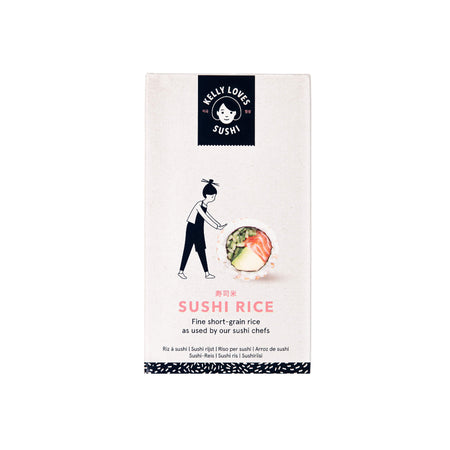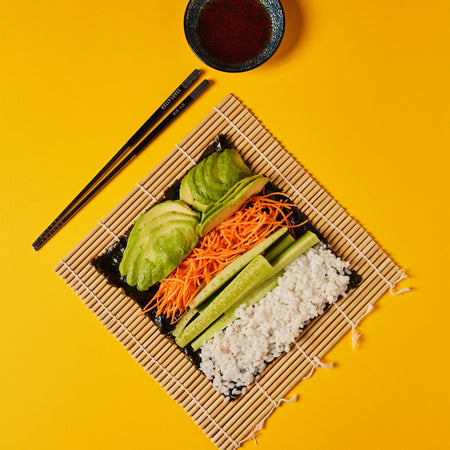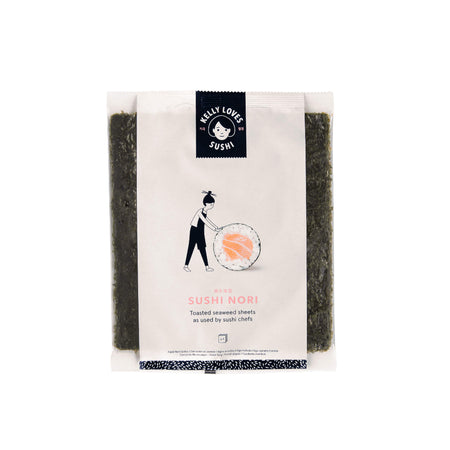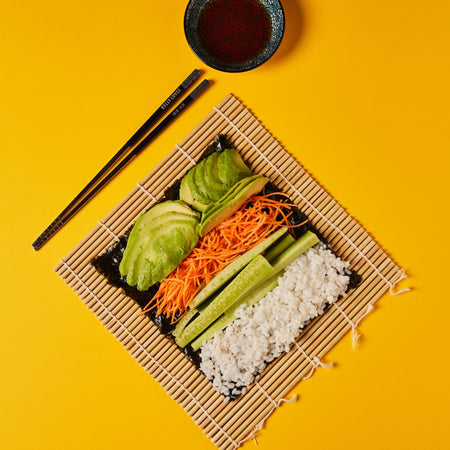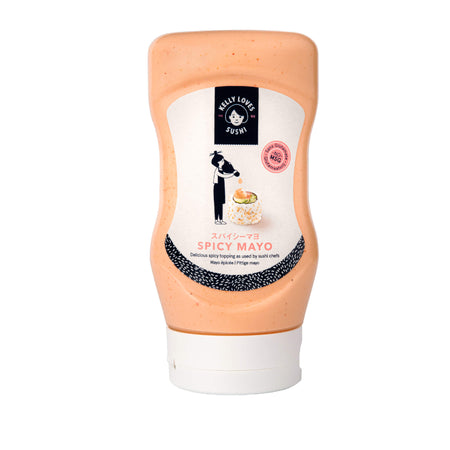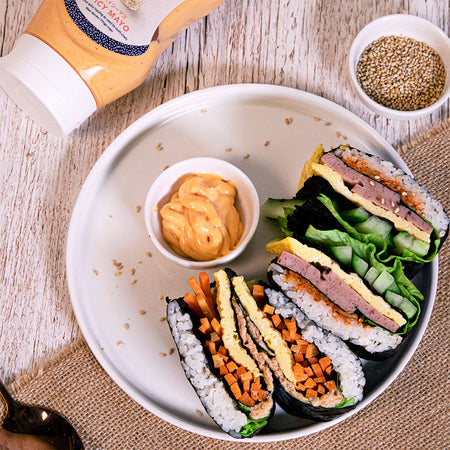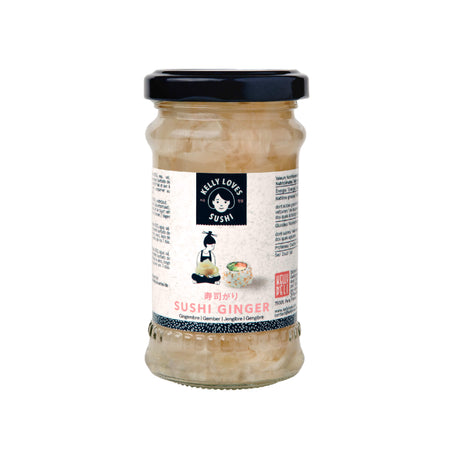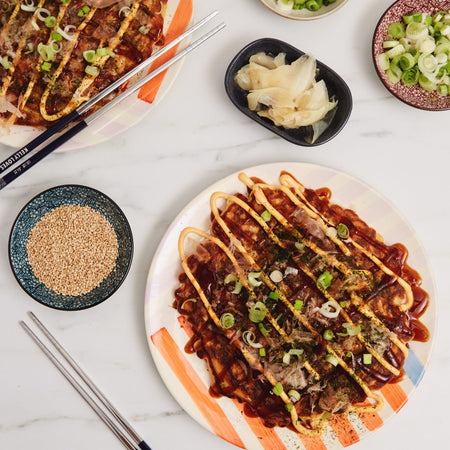Japanese vs. Chinese vs. Korean soy sauce: What's the difference?
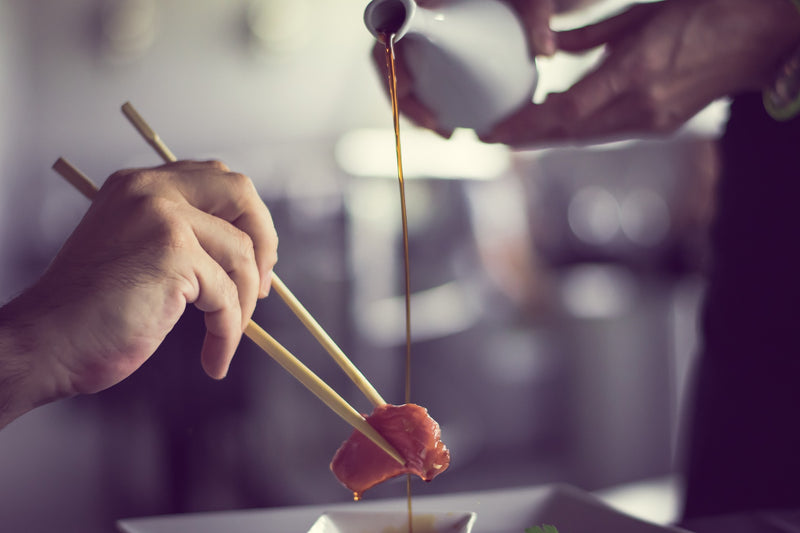
There are hundreds of different varieties of soy sauce made in different countries and regions with varying ingredients and production processes. Read all about the differences and give the variations a try. You may find a new favourite and your cooking will be so much richer for it.
Is there a difference between Japanese, Chinese and Korean soy sauce?
Japanese, Chinese and Korean soy sauce all have their own appearance, taste and texture.
Korean soy sauce (gan-jang) is lighter in colour compared to Japanese and Chinese soy sauces and tastes saltier and less sweet than you might be used to buying in the supermarket. This is because it doesn’t contain any sugar. Due to the extra saltiness, it’s usually used in cooking rather than dipping.
Japanese soy sauces have a sweeter flavour because they are made with a mix of wheat and soy. Whereas Chinese soy sauce traditionally uses 100% soy for a stronger, saltier flavour. Chinese soy sauces are brewed for weeks and referred to as ‘light’ or ‘dark’ to reflect the colour of the sauce (not the level of saltiness or the calories: common misunderstandings!)
Japanese soy sauces are called ‘shoyu’. Shoyu is brewed for months as opposed to weeks and is less salty compared to Chinese soy sauces. Koji is also a key ingredient in making soy sauce. Japanese soy sauce is more about flavour than colour.
Chinese soy sauce
Light soy sauce
Light soy sauce (sometimes labelled as ‘thin’, ‘pure bean’ or ‘fresh’) is usually more expensive than dark soy sauce. When Cantonese recipes ask for soy sauce, this is the go-to variety. It can be added to things like stir-frys, soups and marinades. To double the flavour, light soy sauce can be double-fermented (as if the process wasn’t long enough…!) but this extra patience rewards you with a substantial boost in flavour.
Dark soy sauce
As the name suggests, dark soy sauce is darker in colour than light soy sauce. Chinese dark soy sauce is sweeter than Japanese dark soy sauce as it contains sugar. It’s used for cooking and usually just before the food is served to add richness to the flavour and texture and a deep colour.
Korean soy sauce
Joseon ganjang
Joseon ganjang is a soy sauce for soup. It just has two ingredients: soybeans and saltwater. It’s made alongside the production of doenjang (fermented soybean paste). Joseon ganjang can also be referred to simply as ‘soup soy sauce’ or guk-ganjang. Traditionally it was the only soy sauce used in all Korean cooking. Today, as well as being used for soup, it’s also used for Korean side dishes (banchan). This soy sauce is light in colour and extra salty in flavour, so you don’t need to add much to soup or a side dish to enliven the flavour. And as the colour is light, you won’t affect the colour of the soup by adding a splash. You can also add a little to a marinade (a small amount goes far!)
Yangjo ganjang
Unlike Joseon ganjang, yango ganjang contains wheat which gives it a sweeter taste. It’s a regular soy sauce and it can be used for dipping sauces. The fermentation process takes six months to a year. The quality of yango ganjang depends on how much soybean it contains.
Jin ganjang
Jin ganjang (also called honhap ganjang, meaning ‘mixed’) is another regular soy sauce, but this one is a mix of naturally brewed and chemically produced. Jin ganjang is cheaper to buy than yango ganjang, with a lesser quality and taste (the more naturally brewed soy sauce it contains, the higher the price). Yango ganjang is best used for dipping sauces due to the higher quality and sweetness, but jin ganjang can be used when larger quantities of soy sauce are needed in a recipe or there is a longer cooking process such as marinating and braising.
Japanese soy sauce
Shoyu
Shoyu is the name for Japanese soy sauces made from wheat, fermented soybeans, salt and water. These soy sauces have a mild salty taste and are quite thin and clear. Shoyu can be dark (koikuchi) or light (usukuchi). The mild, gentle flavour helps to enhance the flavours in Japanese cuisine, for example, sushi soy sauce. Shoyu are great all-purpose soy sauces but they can also be used in place of salt or lemon.
Usukuchi
Don’t let usukuchi trick you — it may be light in colour but it contains more salt than other Japanese soy sauces. This is why it makes a great seasoning and it’s perfect if you want to add some salty umami flavour to white fish or chicken but you don’t want to colour the dish with a dark soy sauce.
Koikuchi
Koikuchi (dark soy sauce) is the standard Japanese soy sauce and the firm favourite, making up most of Japan’s soy sauce consumption. It has a rich flavour, sweet with a deep umami. This fermented soy sauce can be used for anything: dipping, cooking, marinades — it’s a great all-purpose.
Tamari
Tamari deserves a special mention because it is quite different compared to typical soy sauces. Tamari was originally a byproduct of miso, so it’s much thicker and darker and it contains little or no wheat (therefore is gluten-free, if that’s stated on the label). It’s also got a less salty taste compared to other Japanese soy sauces, making it perfect for dipping. Some soy sauces can be too salty to dip in as they overpower any delicate flavours in the food. You’ll see tamari used for sweet sticky teriyaki and as a salad dressing with lemon juice and grated ginger. You can also use tamari as a sushi and sashimi dipping sauce. In fact, due to its sweetness, there is even tamari ice cream out there!
When buying soy sauce, always check the ingredient list to see that there are just the basic ingredients: soya beans, salt, water (with or without wheat) with no additives, flavourings (such as MSG) and preservatives. Also, look out for the words ‘naturally brewed’. With Kelly Loves you have peace of mind that our soy sauces tick all these boxes, contain the highest quality ingredients and are truly authentic. Why not try our soy sauce pack, including sweet soy sauce and reduced salt soy sauce and find your perfect match?
